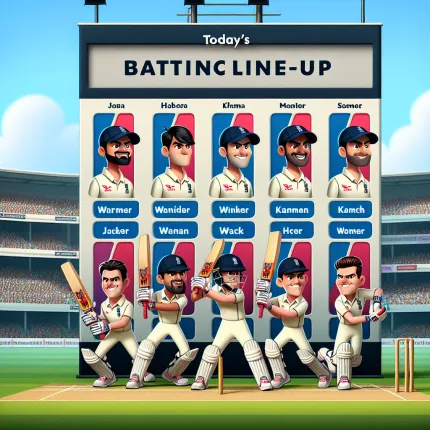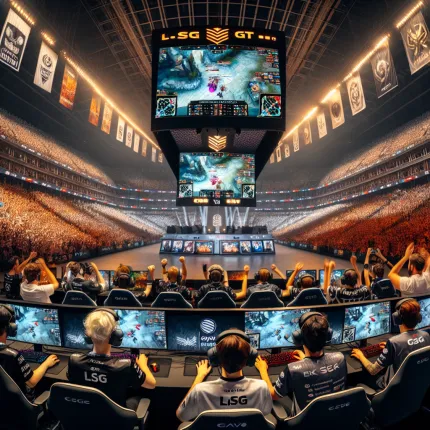When a Ban Goes Beyond the Screen
Imagine waking up one day to find your favorite social media app is suddenly gone—no warning, no transition, just an abrupt ban. For millions around the world, this isn’t a hypothetical scenario but a stark reality. The recent waves of platform restrictions, including talks of an Instagram ban news bubbling in various regions and the high-profile controversies surrounding TikTok, have thrust the conversation about digital censorship into the spotlight. This isn’t just about losing an app; it’s a seismic shift affecting how we communicate, share, and even earn a living.
Behind the headlines about bans and bans lifted lies a deeper, more complex debate: What happens when governments or corporations decide who gets to speak and who doesn’t? The stakes are enormous, touching on freedom of expression, national security, economic interests, and the evolving cultural landscape. And yes, the TikTok stock rollercoaster is a financial symptom of this broader turmoil, reflecting investors' anxieties about the platform’s uncertain future.
Why Social Media Bans Are More Than Just Tech News
We’re living in an era where social media platforms have become virtual town squares. They’re where movements ignite, friendships flourish, and cultures collide. When a ban is imposed, it disrupts much more than entertainment or casual browsing—it reshapes entire communities and silences voices. But the story isn’t black and white.
Governments argue bans are necessary to protect citizens from misinformation, data privacy violations, or foreign interference. Meanwhile, users decry these restrictions as overreach, censorship, or political maneuvering. The ambiguity is palpable, and the fallout extends well beyond the digital realm. Consider the ripple effects:
- Cultural Impact: Creators lose platforms that gave them visibility and income.
- Economic Consequences: Investors react nervously, evident in volatile TikTok stock valuations.
- Legal Gray Areas: What rights do users have when access is cut off?
Adding fuel to this fire are reports like the Instagram ban news that periodically surface, reminding us how precarious access to these platforms can be. For businesses, influencers, and everyday users alike, these bans can feel like a sudden blackout in the middle of a bustling city.
Charting a Course Through Digital Restrictions
So, how do we make sense of these bans, especially when they seem to come out of nowhere? How do we balance the legitimate concerns that prompt restrictions with the fundamental right to free speech? And what does this mean for the future of social media, investment in platforms like TikTok, and our own digital freedoms?
In the sections to come, we’ll dive into:
- The reasons behind recent bans and what governments are trying to achieve
- The impact these restrictions have on users, creators, and markets
- Strategies individuals and businesses can use to navigate an uncertain social media landscape
- Broader implications for free speech and digital democracy in the years ahead
Whether you’re a casual scroller, a content creator, an investor watching TikTok stock, or simply someone who values open communication, understanding the dynamics of social media bans is crucial. This conversation isn’t just about platforms; it’s about the future of how we connect, express, and coexist online.
Stick around as we unpack one of the most pressing issues in digital culture today, exploring its many facets and uncovering what’s really at stake when the ban hammer falls.

Social Media Bans: Navigating Platform Restrictions and Their Impact on Free Speech
What Are Social Media Bans and Why Are They Implemented?
Social media bans refer to governmental or organizational decisions to restrict or prohibit the use of certain social media platforms within a specific region or country. These bans can range from temporary suspensions to permanent prohibitions and are often justified on grounds such as national security, misinformation control, data privacy concerns, or political reasons.
For example, the Instagram ban news in various countries often arises from concerns over content moderation or political dissent, while bans on TikTok have been linked to worries about data sovereignty and potential influence from foreign governments. Understanding the rationale behind these bans helps clarify why they are controversial and how they affect both users and platforms.
How Do Social Media Bans Affect Free Speech?
The intersection between social media bans and free speech is complex. On one hand, governments argue that bans are necessary to protect citizens from harmful content, misinformation, or foreign interference. On the other hand, critics assert that such bans can suppress freedom of expression and limit access to information.
Social media platforms have become essential public forums where millions express opinions, engage in activism, and participate in cultural discourse. When a ban is imposed, it disrupts this digital public square, raising questions about censorship and the limits of free speech in the digital age.
For instance, when TikTok faced bans or threats of bans in countries like India and the United States, debates intensified about whether national security concerns justified limiting a user's ability to express themselves or share content freely. This tension underscores the need for balanced policies that protect both security interests and fundamental rights.
What Are the Economic and Market Impacts of Social Media Bans?
Bans can have significant financial implications, particularly for publicly traded companies. Taking TikTok as a case study, the platform's parent company ByteDance has faced uncertainty that influenced investor confidence and the broader market.
Although TikTok itself is not publicly traded, potential bans often lead to speculation about related entities and the broader social media market, impacting stock prices of competitors or companies in the same ecosystem. For example, during periods of TikTok ban speculation, companies like Meta (which owns Instagram) may see shifts in their stock due to anticipated changes in user engagement or advertising revenue.
The recent Instagram ban news in certain regions also signals how restrictions can reshape competitive dynamics. When Instagram or TikTok are banned, alternative platforms may gain user bases, affecting advertising markets and content monetization opportunities globally.
What Are the Legal and Ethical Considerations Surrounding Platform Bans?
Legal frameworks vary widely across countries, influencing how bans are justified and enforced. Democratic nations tend to require transparent legal processes and judicial oversight before restricting platforms, whereas authoritarian regimes might impose bans with little explanation.
Ethically, social media bans raise questions about the responsibility of governments to protect citizens versus their obligation to uphold free expression. Platforms themselves also face ethical challenges balancing compliance with local laws and defending user rights.
Stakeholders often call for:
- Clear and consistent criteria for bans
- Transparency in decision-making processes
- Mechanisms for appeal or redress
- International cooperation to protect digital rights
How Can Users and Businesses Navigate Social Media Bans?
For users, a ban means adapting to alternative platforms or using tools like VPNs to access restricted services. However, this can raise security risks and privacy concerns. It's important for users to stay informed about local regulations and platform policies.
Businesses that rely on platforms like TikTok or Instagram must develop contingency plans to mitigate risks from sudden bans. These strategies include diversifying marketing channels, building owned media (like websites and newsletters), and engaging audiences across multiple platforms.
Additionally, monitoring instagram ban news and similar updates helps businesses anticipate disruptions and adjust campaigns proactively.
What Does the Future Hold for Social Media Platform Bans?
The landscape of social media bans is evolving alongside geopolitical tensions, technological advancements, and shifting public attitudes toward data privacy and digital rights. Key trends to watch include:
- Increased regulatory scrutiny of foreign-owned platforms
- Development of localized or national social media alternatives
- Greater emphasis on platform accountability and content moderation
- Ongoing debates over balancing security with freedom of expression
Investors and users alike should watch indicators such as tiktok stock performance signals (when applicable) and regulatory announcements to gauge how bans might unfold.
Conclusion
Social media bans like those affecting TikTok or Instagram represent a multifaceted challenge involving free speech, national security, economic interests, and ethical dilemmas. By understanding the motivations behind these bans, their impact on users and markets, and strategies for adaptation, individuals and businesses can better navigate this dynamic environment.
Staying informed through credible sources and engaging in dialogues about digital rights will be crucial as the global community shapes the future of social media accessibility and freedom.




